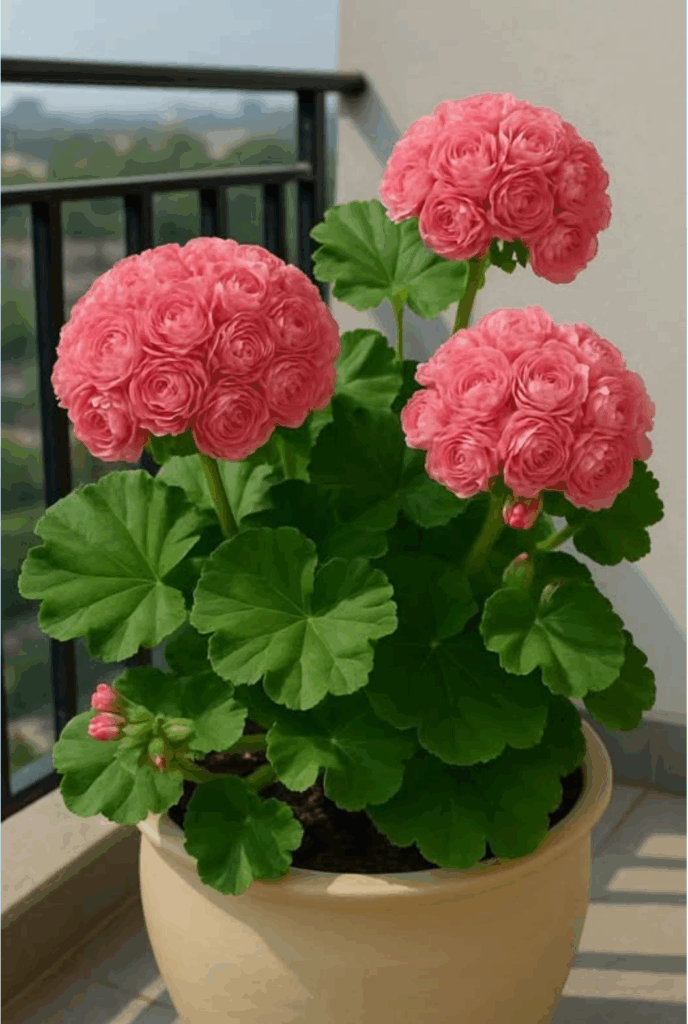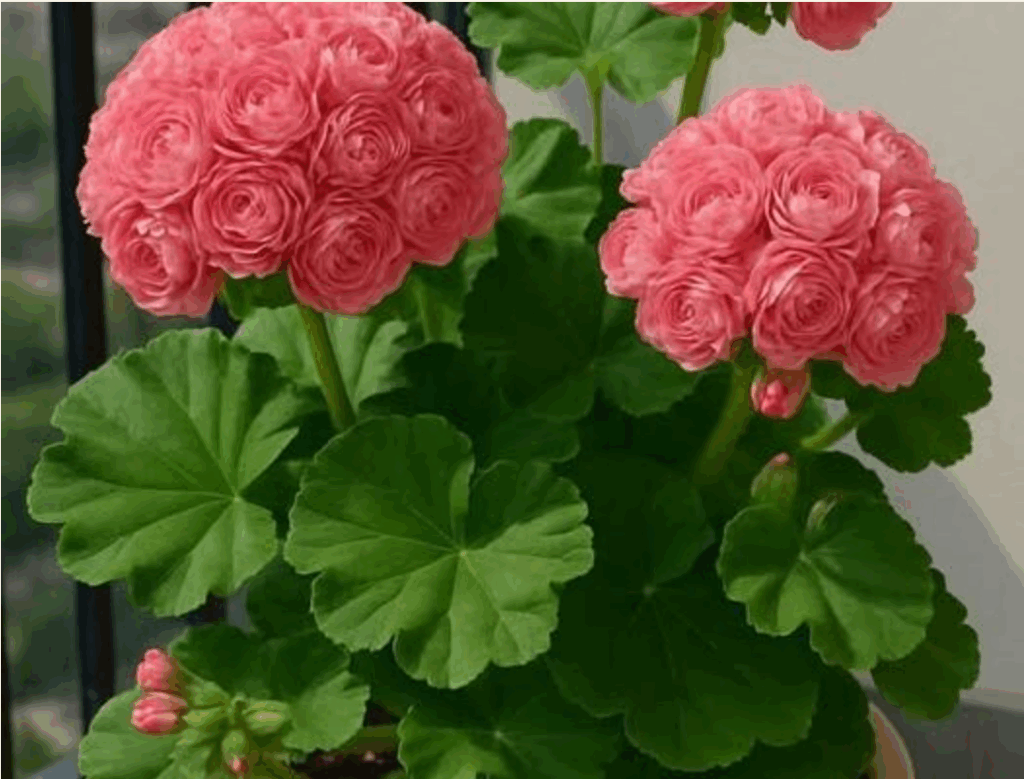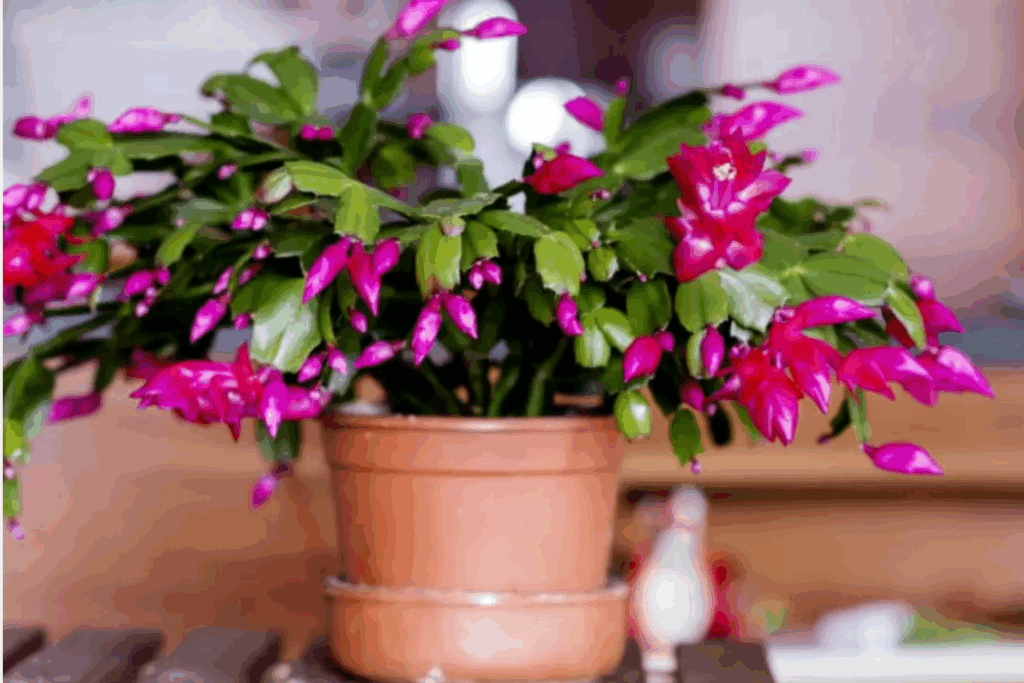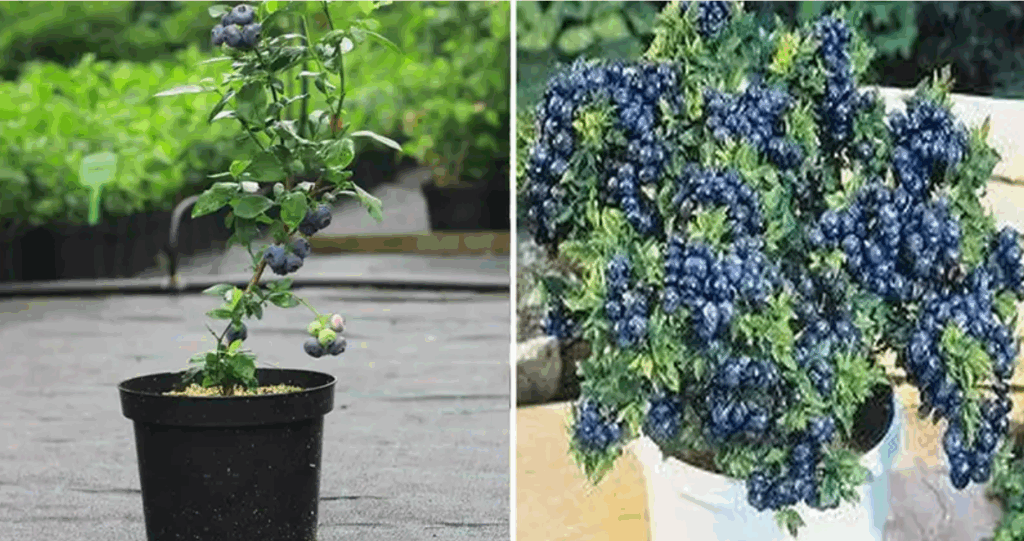What Every Beginner Florist Should Know – Secrets to Blooming Geraniums
If you’re just starting out in the world of flowers and have taken a liking to the pelargonium (commonly known as geranium), you’re in the right place. This resilient and beautiful plant can bring great joy—if it receives the proper care.
But how can you grow a truly lush, blooming geranium? Let me share the tips and tricks I’ve learned through experience—ones that have brought stunning results to my windowsill.
The Basics – Creating the Right Conditions for Healthy Growth
Before diving into the flowering secrets, it’s important to understand the basic needs of a pelargonium. Don’t worry—it’s not too demanding, but some rules should be followed carefully:
Light, light, and more light! Place your pot on a south-facing windowsill where it can get plenty of natural sunlight. Temperature matters: In summer, pelargoniums thrive in temperatures between 20–40°C (68–104°F). In winter, keep the temperature above 15°C (59°F).
Feeding and watering: From the end of March to early November, feed your plant every two weeks—but avoid fresh organic fertilizers, as they can harm the plant. Pruning: In the fall, trim back old or overgrown branches. This helps encourage new growth.
Prevent disease and pests: Occasionally spray your plant with protective solutions to keep it healthy. Support: If the stems begin to droop, use special plant clips to keep them upright. Repotting: At the beginning of the growing season (spring), move the plant into a larger pot if needed.
The Secret to Flowering – What Your Geranium Won’t Tell You

Even with perfect conditions, your geranium might still be shy to bloom. Why? Because blooming takes extra strength and energy. That’s why we need to help the plant focus its resources in the right direction.
The right soil: Choose a moderately fertile substrate. The bottom layer of the pot should provide proper drainage—expanded clay pebbles work great for this. Watering: Don’t water the leaves! Focus on the base of the plant, near the roots.
Wait until the topsoil has dried out before watering again. Trimming for strength: Regularly remove old leaves and extra side stems. This prevents the plant from wasting energy and encourages it to focus on flower production.
Fertilizing – Feeding the Bloom. One of the most important lessons I’ve learned is that the right fertilizer can work wonders. I first heard about this from my neighbors, tried it myself, and I’ve never looked back!
No fresh organic fertilizers: These are too harsh and can do more harm than good. Iodine solution: Mix 1 drop of iodine with 1 liter of water and pour it carefully around the roots. Don’t increase the dose—too much iodine can burn the roots and kill the plant.
Potassium-phosphorus fertilizers: These are ideal for encouraging the growth of flower clusters. When I learned how geraniums respond to this type of feeding, I rushed to the store and got some—and the results were amazing!
My plants looked like they were competing to see who could bloom more beautifully.
Final Thoughts – A Blooming Windowsill
By maintaining the right temperature, giving your plant consistent and thoughtful care, and using high-quality nutrients, your pelargonium will gain the strength it needs to produce those vibrant, lush blossoms.
I hope these tips prove useful to you and that soon your windowsill will be just as filled with blooming, joyful geraniums as mine. Remember: attentive care always brings beautiful rewards—especially when it comes to flowers! 🌸


